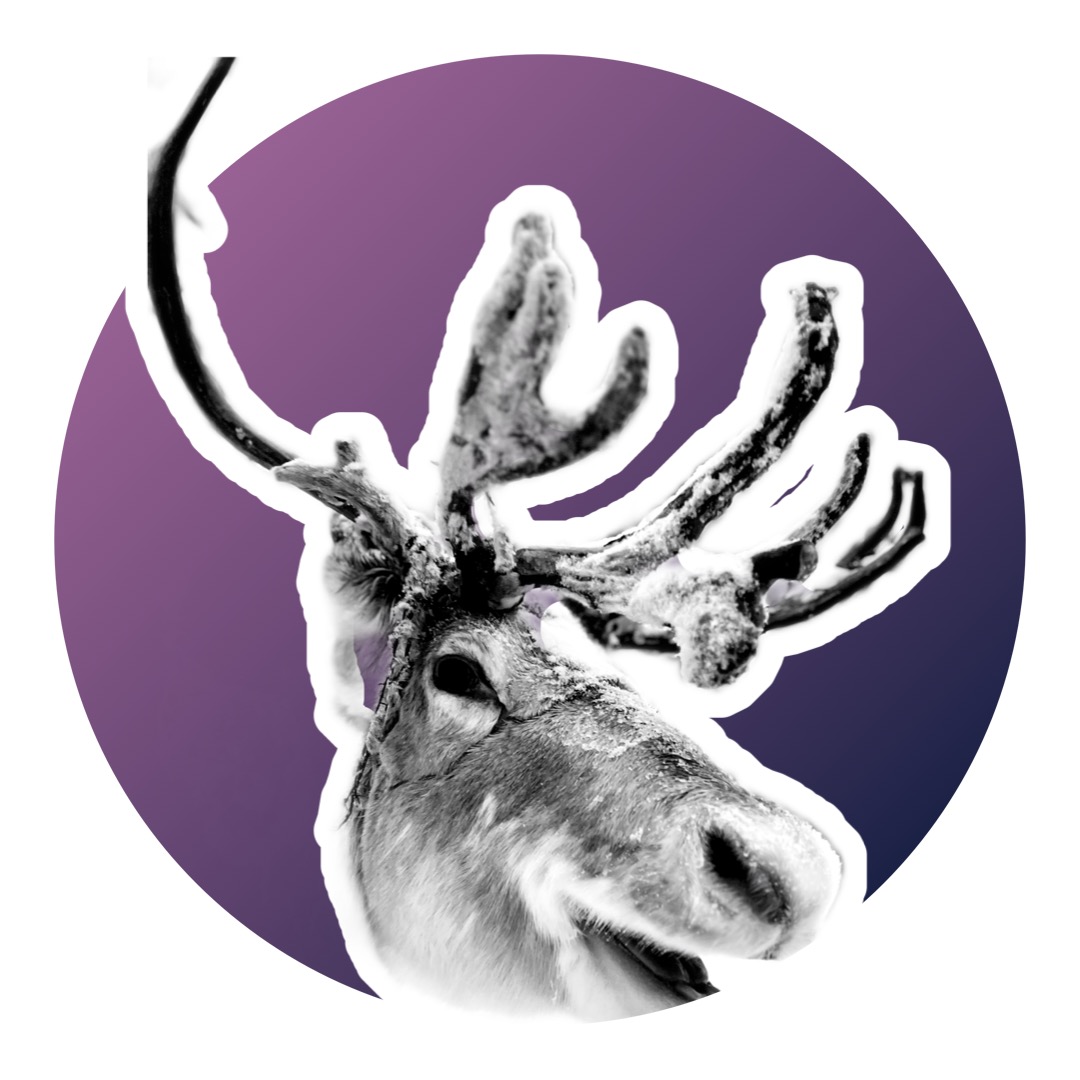
Increase your chances
- Arctic Adventurers
- Jan 16, 2023
- 3 min read
If you want to increase your potential of viewing the northern lights, there are a series of things you can do that will make a difference:
Get the time of year right - late August
to early April is the best time for your arctic adventure.
Consider the season best for your circumstances - September and March equinox dates are suggested as having increased potential for aurora sightings. Winter has the most spectacular snowfall but the snow cloud can cover the night sky (and you may not see much daylight too in the depths of winter). Tough choice!

Maximise your stay - travel for at least a week if you can. Although 3-4 days may be sufficient, there'll be plenty to keep you occupied by day and always the hope of seeing the aurora at night.
Stay rural - the bright lights of the city can seriously hinder your aurora experience. Stay somewhere rural where the lack of light pollution means dark nights and clear skies and you can step outside without the need to drive or join a tour. Even better, stay in a place with a hot tub and get comfy!

Understand where we are in the solar cycle - every 11 years there is a solar cycle. The closer you are to the solar maximum (the next is anticipated for 2023-2026), the better. Although that doesn't prevent you from seeing a spectacular aurora even if it's during a period of solar minimum.
Keep an eye on the weather - cloud cover is the enemy - clear, dark nights full of stars are the best start point. Bear in mind conditions can change quickly, so keep a close eye on the sky too!

Monitor solar activity - download yourself an app such as 'Aurora', this includes images of where the aurora is forecasted to be visible, with users of the app adding a flag if they can see the aurora in their area.

Read about the KP index - there's a scale from 0-9 that will give an insight into forecasted activity, although it is simply just a forecast based upon solar activity. We've seen spectacular aurora at KP0 and nothing at KP5 (which should have been a solar storm)...

Look north - but don't just look north! Keep an eye on the northern horizon and take a few test photos to see if you can pick up any colour. The aurora often starts like the image below - a gentle bow on the northern horizon - and on occasions can quickly burst into colourful life.


Make friends with the locals - a bit of inside knowledge never hurts. If you book accommodation privately, ask the landlord/lady for tips and they might even let you know if the aurora appears.
Be ready - the last thing you want to be doing is messing around if the aurora appears - some displays can be fleeting too. Get your boots, gloves, coat and hat ready along with any camera equipment. It's possible that some of the best displays are easily only intense for around 15-20 minutes in duration. So every minute counts!
Get set for a long night (just in case) - sometimes the aurora appears late (11pm - 2am seems a common time) but it can also be visible before darkness has properly fallen like in the image at dusk below(18.30 hours). Use a good forecast as an opportunity to have an afternoon nap if you need to!

The most important thing is to get stuck in. It's a natural wonder and is as unpredictable as it is spectacular, so get wrapped up, get outside and keep an eye on that night sky (and don't forget to enjoy the incredible clear night skies, you'll never see a clearer display of stars, shooting stars and if lucky, a meteor or two!)






Comments